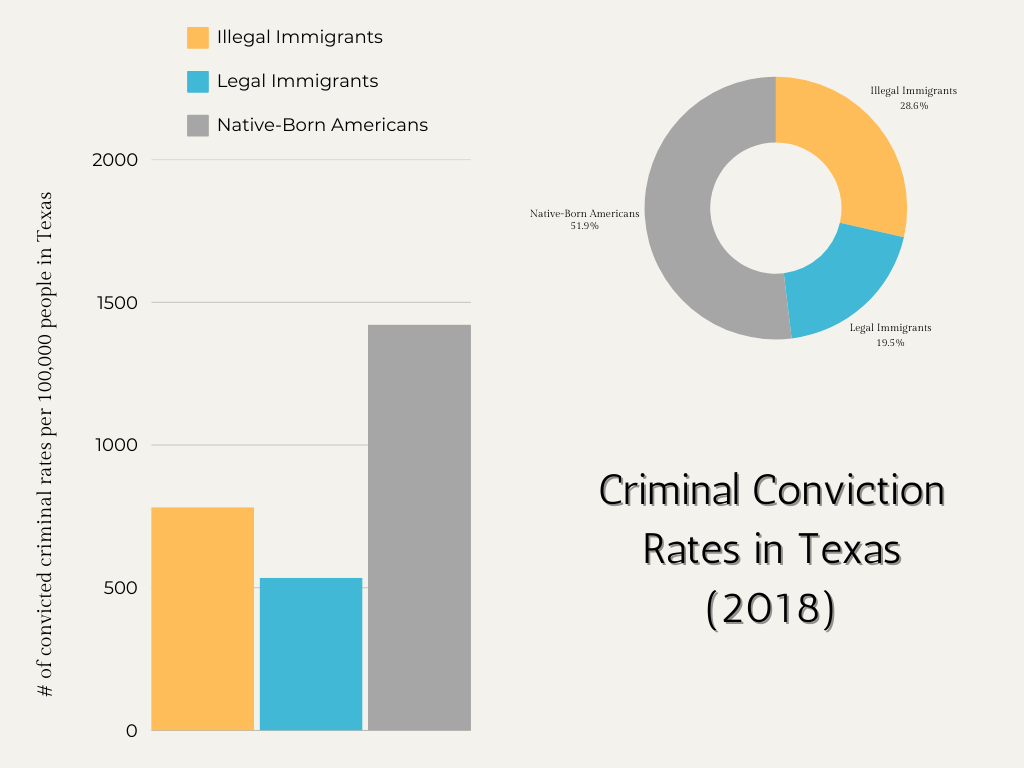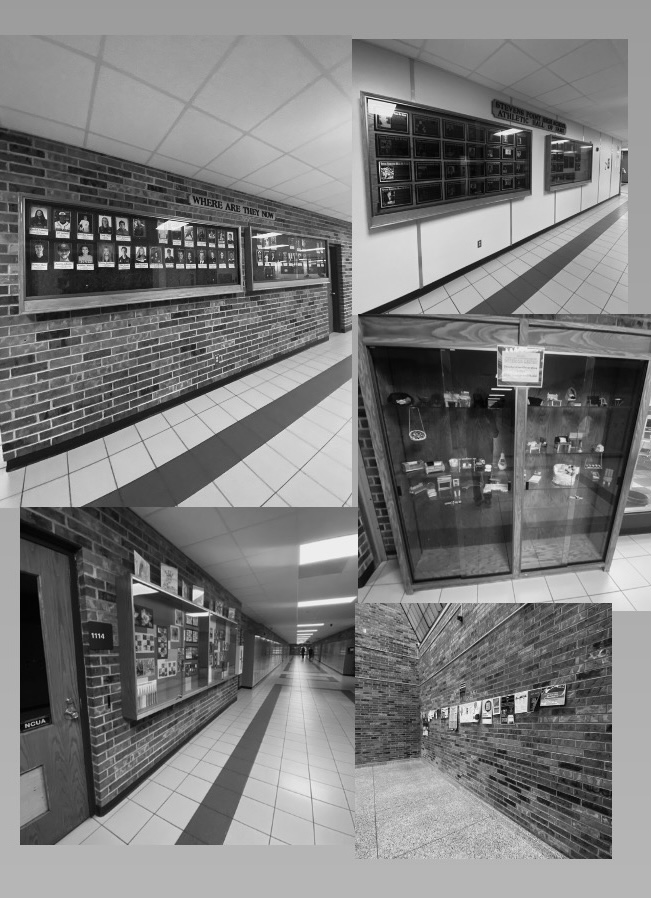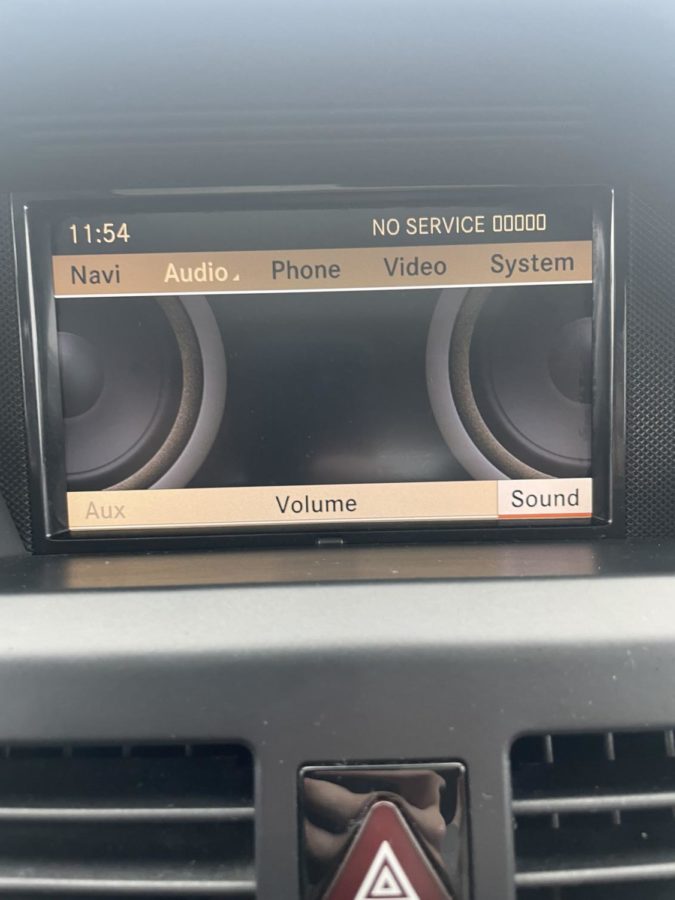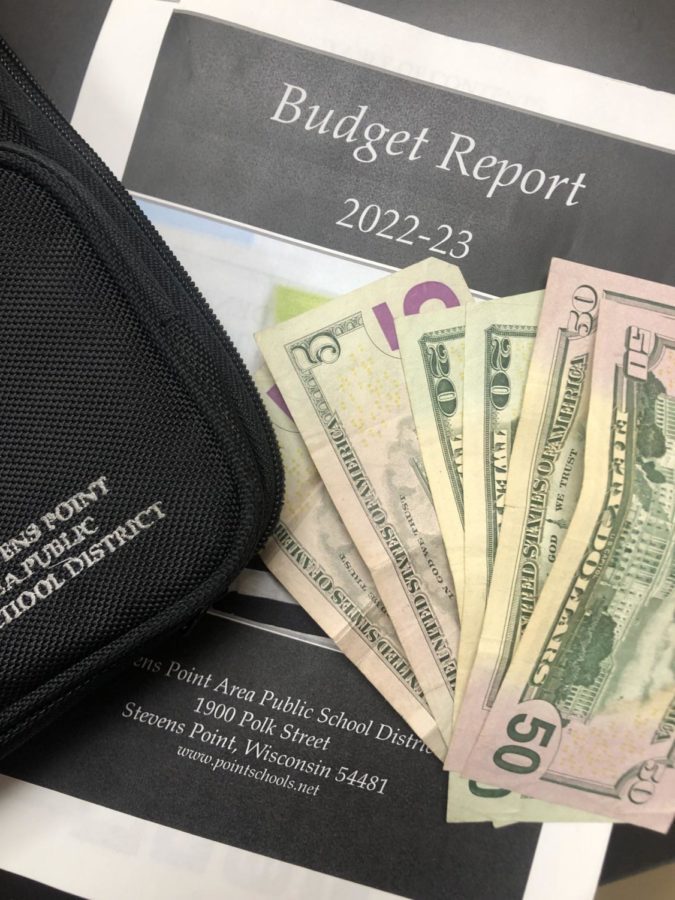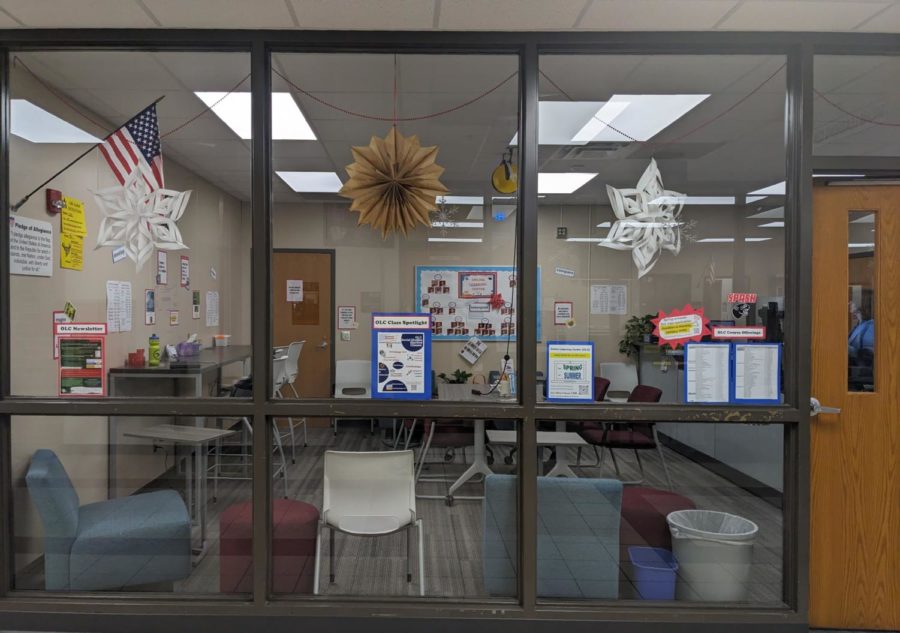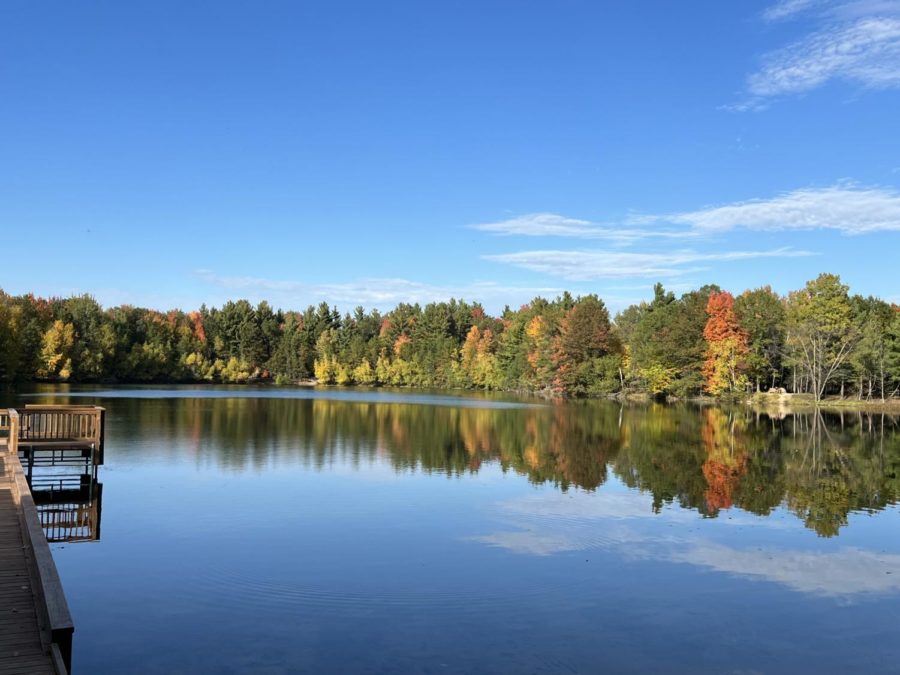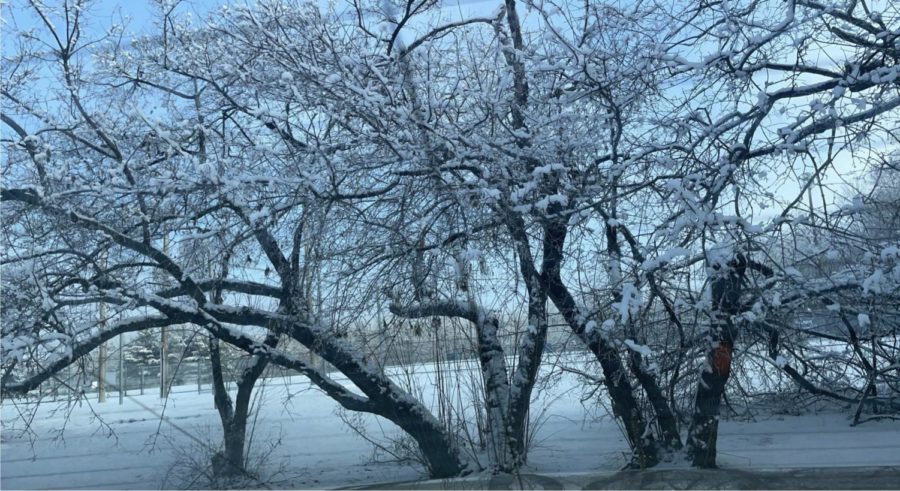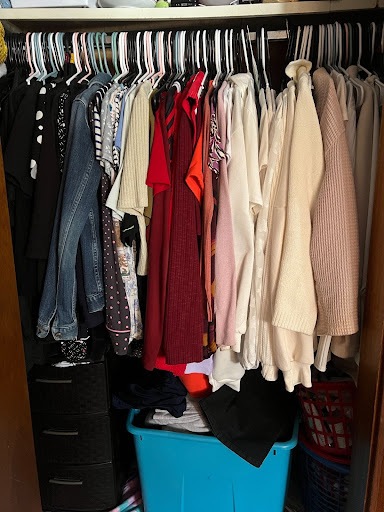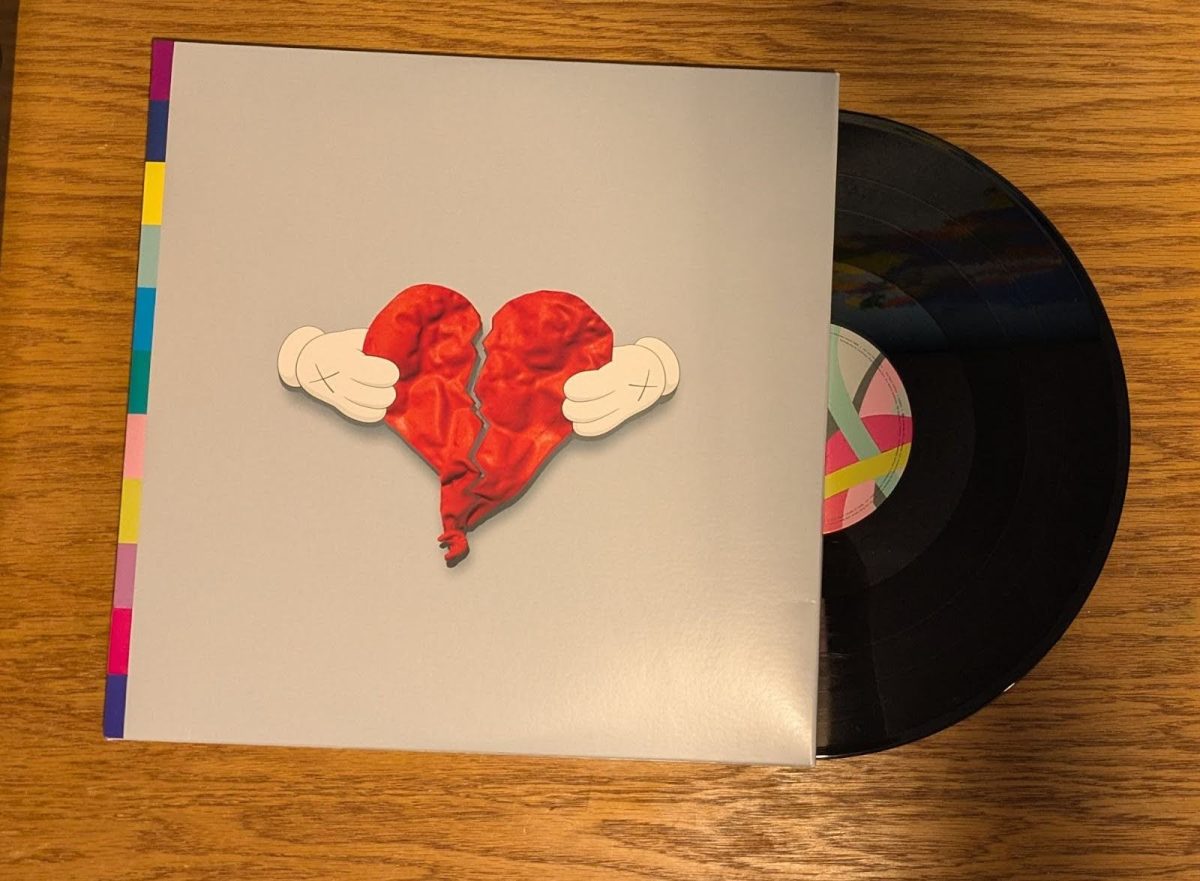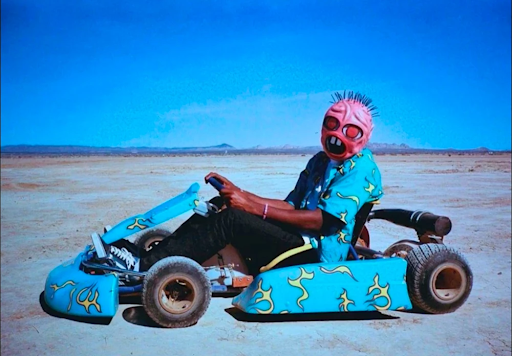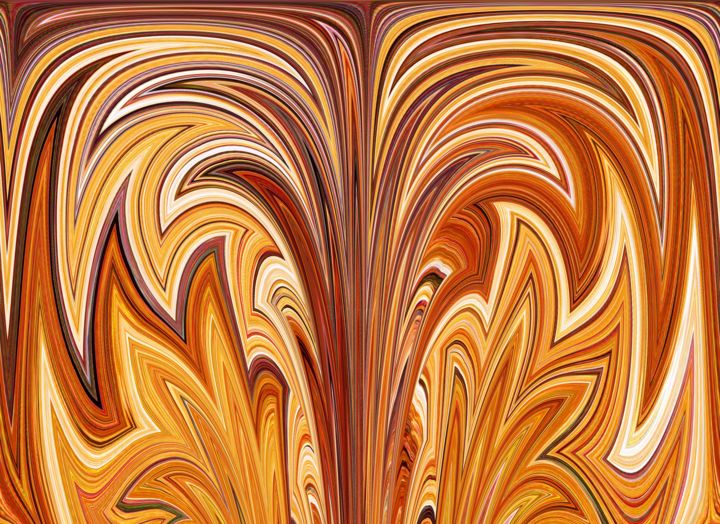After the Vietnam War, a group of refugees called the Hmoob, split up into different parts of the world: the United States, Australia, and South America, because of this, the Hmoob experienced diaspora, the loss of their mother tongue, culture, and tradition such as shamanism. Shamanism is a part of Hmoob culture through generations, passed down between blood and the gods as a gift that holds responsibility and burden. It is not a choice to be a shaman, it is something that happens to them through illness or spiritual calling. Shamans are believed to be the connection between the spiritual and the human world, helping people when they’re sick or experiencing bad luck. Even though this practice is important, it’s not easy.
Despite these challenges, many continue to embrace the path of shamanism, finding strength in their spiritual calling. Mirror Lor, a shaman master, is one such individual. Her journey began with a deep connection to shamanic chants, a warmth in her heart signaling something greater within her. “Every time they sang, I felt a profound warmth in my heart, a sense of awe and connection,” she recalled. Though she initially sought only to help herself and her family through illness, the guidance of others and her own visions led her to accept her role as a Niam Neeb. However, the path was not without hardship, doubt from others, the loss of students, and moments of self-questioning tested her abilities. “It hurt deeply because I give my whole heart to them, never holding back the knowledge I’ve learned,” she admitted. At times, she wondered if she was good enough, but through resilience and faith in her abilities, she proved her gift was real. “It’s okay because people come, and people go. Two may leave, but four will come.” With this mindset, Mirror Lor found the strength to continue her practice, becoming a guiding light for those seeking spiritual healing.
Hmoob shamanism is rooted in animism and ancestor worship, shaping Hmoob identity for generations. “Traditional Hmoob religion is animistic with the belief of ancestor worship. It is a religion based on spirits” (“What is Hmong Shamanism”). Shamans act as mediums between the human and spiritual worlds, using rituals to heal illnesses and reverse misfortunes. These rituals require specific instruments, such as kaum neeb (spilt horns), nruas neeb (a gong), and tswb neeb (bells), essiential for guiding shamans through the spiritual world. “Each instrument is needed for shamans to successfully go to the spirit world. Without one or a mistake in setting up the tools, a shaman cannot go because their spiritual healers won’t be able ot guide them through the ceremony” (“What is Hmong Shamanism”). Without these tools, a shaman’s ability to enter a trance and connect with spirits is hindered.
Shamanism is more than a ritual: it’s a way of life requiring emotional, physical, and mental endurance. Shamans often face mistreatment. “Being a shaman requires a lot of emotional, physical, and mental capacity” (Aloi). These challenges are worsened by the growing influence of western culture, leading many younger Hmoob to convert to Christianity and lose cultural and spiritual traditions. “With more and more of the younger generations being influenced by American ways, the Hmong people are slowly losing their grip on Hmong culture and Hmong religion” (“What is Hmong Shamanism”). Despite this, many shamans continue their practice, knowing their role is important in preserving Hmoob identity. “Just to know that the impact I’m making, whether it’s for the next generation or for our predecessors…it’s such a blessing. It’s such a privilege–and no regrets in that”(Aloi).
Hmoob shamanism is more than just a tradition, it is a sacred responsibility passed down through generations. Despite the challenges of diaspora, shamans continue to serve as healers in communities. Their path is not easy; it requires emotional, physical, and mental resilience. Yet, for those who embrace the calling, shamanism is a privilege, a way to preserve Hmoob identity. As long as individuals are willing to learn and carry on the practice, shamanism will continue to connect the human and spiritual worlds for the next generations.


